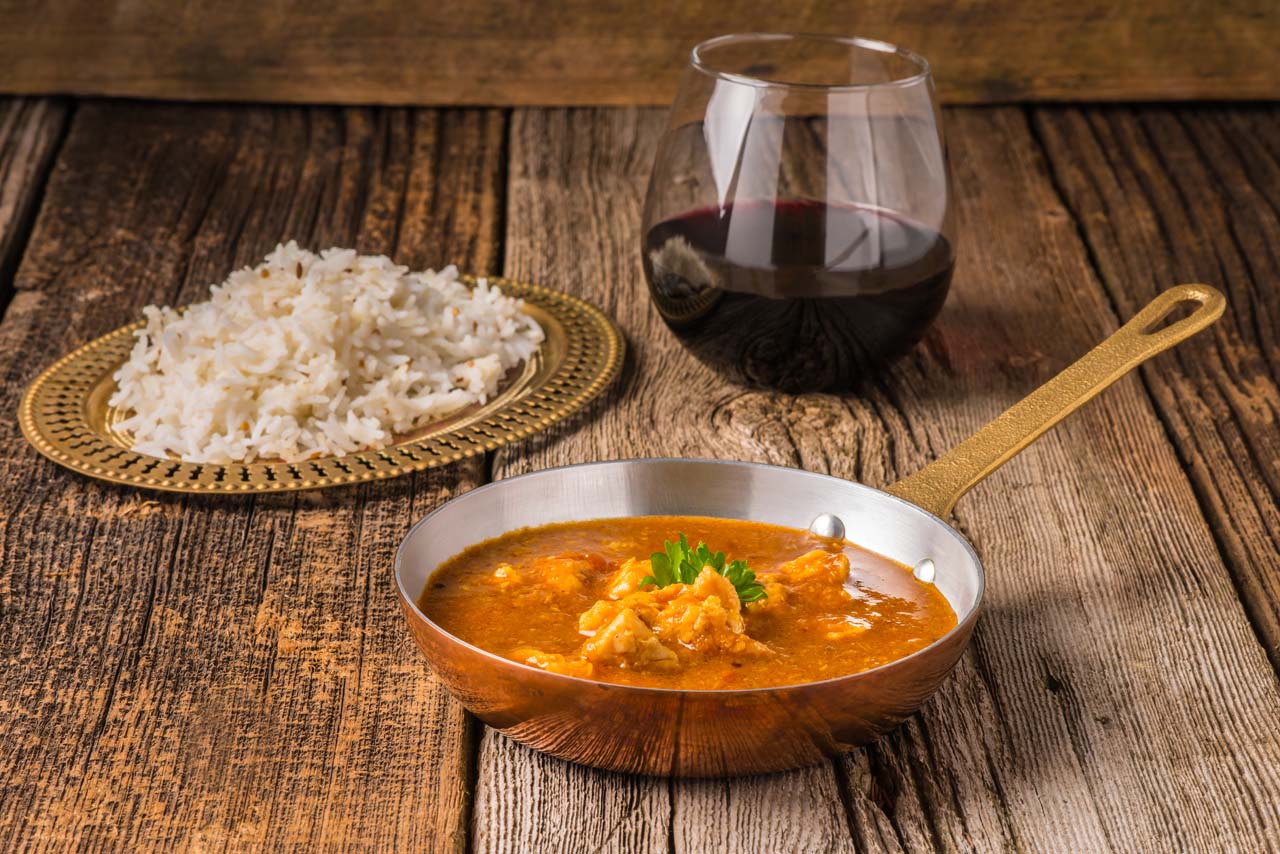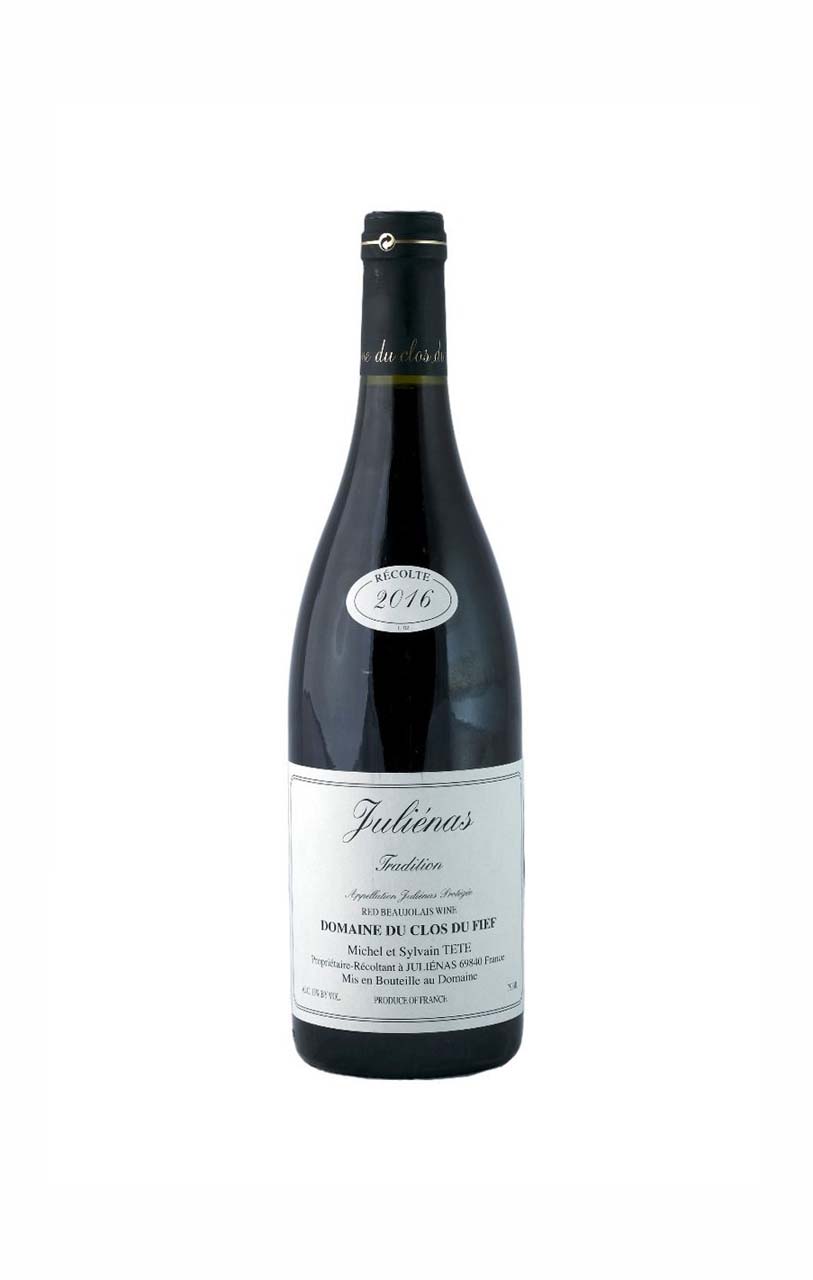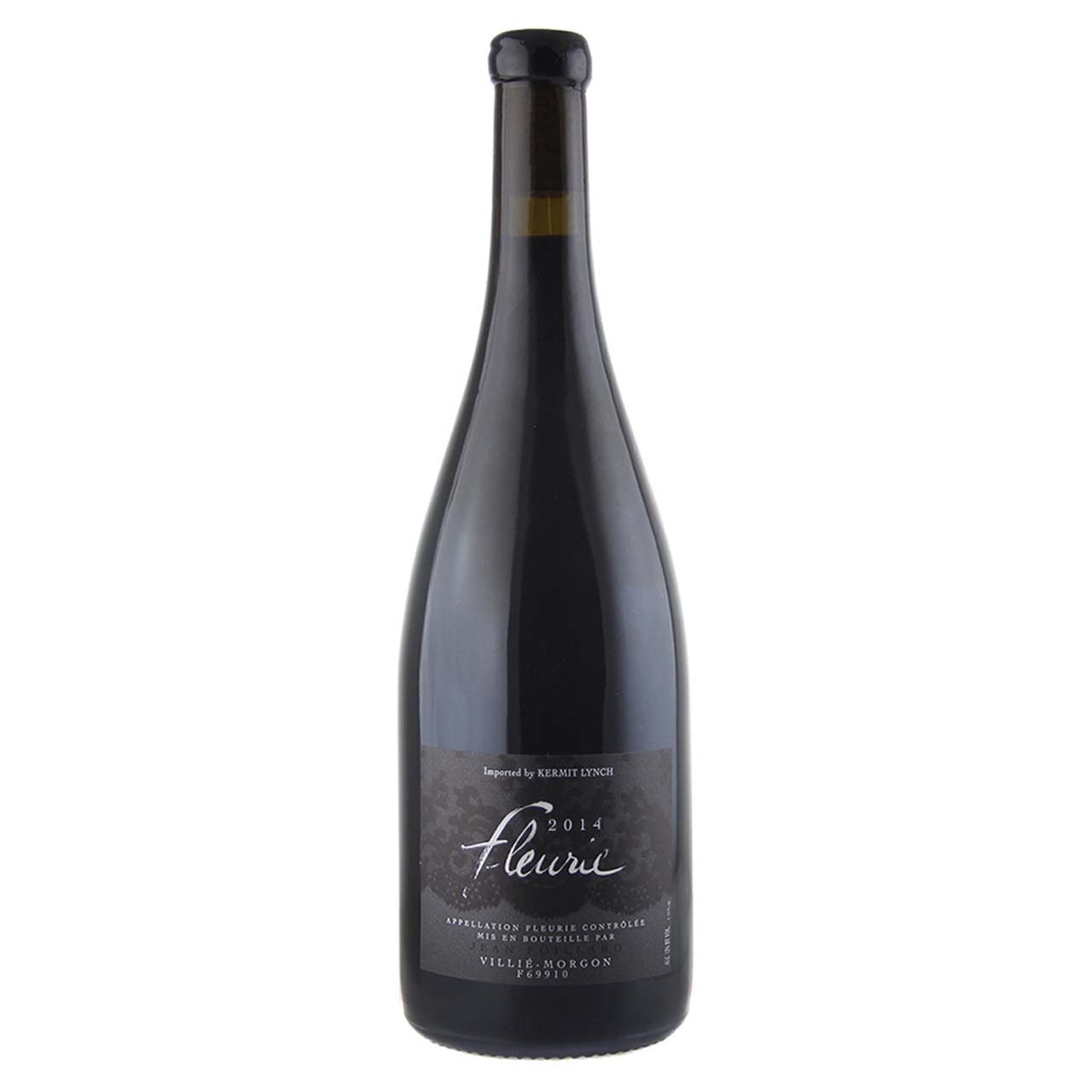Best wines to serve with Indian, Korean or Thai, and why rye is an American tradition
by Neil Shrodo
THE NEW WORLD’S TRUE SPIRIT?
When we think of whiskey, we tend to envision scotch or bourbon, but in the pre-Prohibition era, the U.S. popularity winner was rye, hands-down. Even our founding fathers preferred it, with George Washington himself running one of the largest distilleries in the country, at its peak producing 11,000 gallons of rye per year. Made from a mash that must be at least 51% rye, this spirit has a bold, spicy, and often smoky flavor. Notably dry, it was the original component in classic drinks like the Manhattan, Whiskey Sour, and Old Fashioned. Rye is now following in bourbon’s footsteps (often referred to as its “spicier and less weighty cousin”) in a notable resurgence. Here’s a duo to get you started:

Bulleit 95 Rye
Made in Lawrenceburg, Indiana a blend of 95% rye and 5% malted barley. A rich, warm flavor that’s loaded with fruit and spice. A superb and not too pricey introduction to the category. $29.99/750ml
Old Potrero Single Malt Straight Rye
Hand crafted 100% rye made in traditional fashion using small copper pot stills, then aged for over three years in charred American Oak barrels. A full-bodied whiskey layered with baking spices and vanilla on top of citrus and sage, and with a nutty, smooth finish. $57.99/750ml
A TOAST TO BALANCE
Indian, Korean, and Thai flavors are more popular than ever. Trouble is that even seasoned sommeliers can find these cuisines di cult to pair with. All are unique, yet present the same challenge complementing their spices, especially heat from chilies. Indian cuisine uses complex spice mixtures like Garam Masala, and curry of course that go on everything from chicken and lamb to lentils. For whites, look for a palate cleanser like a Pinot Gris from Oregon or a Gruner Veltliner from Austria. Reds need low alcohol and a firm backbone. A cooler-climate Pinot Noir will work with all but the spiciest dishes, as will Languedoc and Rhone reds.

Korean food usually centers on rice paired with Banchan and side dishes, many of which balance hot chilies with sweet, salty, and sour. To deal with the heat, red wines should be low alcohol and full of fl avor, so look for Grenache-based reds and blends. Whites should be crisp but not too sweet (say, o-dry to dry Rieslings).
Thai dishes are generally complex, balancing heat with sweetness and bitter and aromatic elements. You need wines that will cut through competing flavors while complementing them. Sparkling varieties, both white and rosé, are great here I’ll having crispness while enhancing flavors of tamarind, lime leaves, and curry.
WHITES: Dr. L. Riesling QBA, Germany (pears and grapefruit crisp, with a hint of sweetness), $10.99; Loimer Langenlois Gruner Veltliner, Austria (green apple, lemon, and a kiss of white pepper), $24.99; Erath Pinot Gris, Oregon (ripe pear, key lime, a bit of gardenia), $14.99.
REDS: Vieux Clocher Cotes du Rhone, France (supple wild berries with a hint of forest floor), $11.99; Elouan Pinot Noir, Oregon (rich plum and bright cherry with sweet tobacco), $19.99.
SPARKLING: Pol Clement Sparkling Rosé, France (bright pink and crisp, with red currant and berry flavors), $9.99; Comtesse de Belle Reverie NV, Champagne (elegant, with aromas of red fruits and a creamy finish), $34.99.
BEAUJOLAIS ENCORE!
In the 1950s, wineries in the Beaujolais region decided to celebrate the end of the harvest with two quintessentially French things: a bottle and a race! Beaujolais Nouveau is made from the Gamay grape and sees a short fermentation to finished product in roughly six weeks. To promote it, wineries began a contest to see who could deliver the first. “Nouveau Day” was born, and this wine type quickly gathered steam.

Success bore a price, though, because soon the region became synonymous with nouveau, its reputation as a “serious wine” area suffering. However, in the 1990s, a new generation of makers began the task of rebuilding the image, and so they focused around their crus the ten top wine producing villages in the region: Saint-Amour, Juliénas, Chénas, Moulin-à-Vent, Fleurie, Chiroubles, Morgon, Régnié, Brouilly, and Côte de Brouilly. The resulting wines couldn’t be more di erent from nouveau. Complex and flavorful, they are rich and silky, with flavors of ripe cherries and black fruits and hints of black pepper and earthy minerality. Beaujolais Nouveau is released on the third Thursday of November each year, but you’ll find Grand Cru Beaujolais year round from the likes of Tete, Foillard, or Lapierre at the best wine stores. Standouts include Michel Tete Clos du Fief Julienas ($18.99), Marcel Lapierre Morgon ($39.99), and Domaine Jean Foillard Fleurie (seen here, $59.99).

Super Buy Rite Wine & Liquor, 575 Manila Avenue, Jersey City, buyritewines.com
